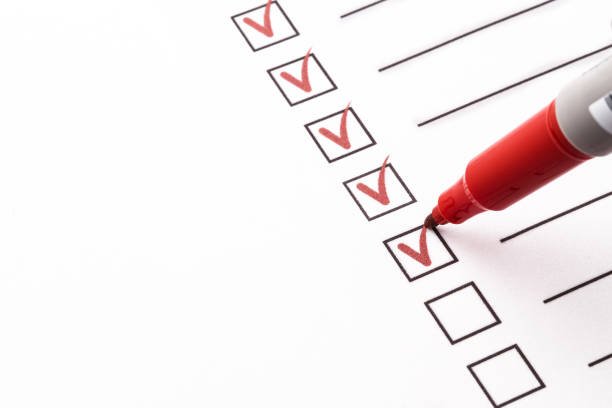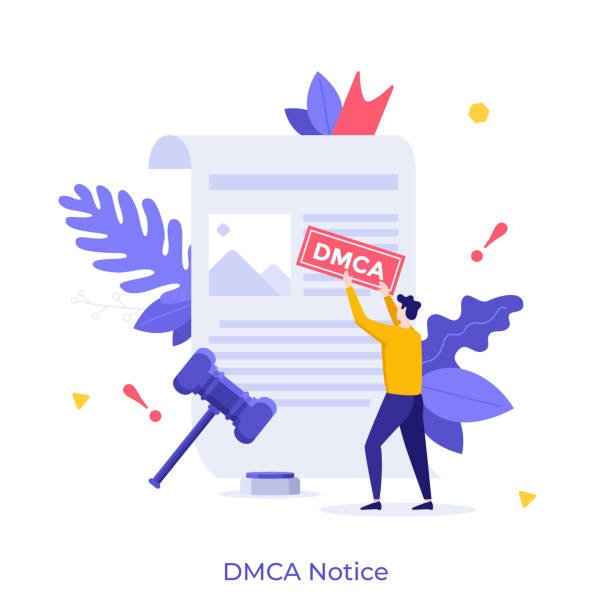Simple Optimized Boards vs. Boards with Sub-Boards: The Pinfluencer Guide
As a Pinfluencer looking to maximize reach and ranking on Pinterest, board organization is key. You might wonder whether creating simple, optimized boards is enough, or if adding sub-boards (sections) could provide an extra boost. Both strategies have their benefits, but the impact on ranking, especially with tools like Tailwind that don’t support scheduling to sub-sections, may vary.
In this post, we’ll explore the pros and cons of each approach, how sub-boards impact semantic relevancy, and what strategies can enhance ranking.

1. Simple Optimized Boards: The Basics
Simple optimized boards focus on a single topic, such as “Healthy Recipes” or “Home Organization Tips,” without sub-dividing into sections. Here’s why they’re often effective:
- Clear Focus and Relevance: Pinterest’s algorithm loves clarity. When a board’s pins are all centered on one specific theme, Pinterest can more easily recognize the board’s relevancy for that topic.
- Easier to Schedule with Tailwind: Because Tailwind doesn’t allow direct scheduling to sub-sections, a simple board structure helps streamline your pinning process.
- Faster Board Growth: A single board often grows faster since every pin contributes to its overall performance and authority.
Pros of Simple Optimized Boards
- Clear topic focus, aiding Pinterest’s understanding of your board
- Easier to manage with scheduling tools like Tailwind
- Potentially faster audience growth as users save to one core board
Cons of Simple Optimized Boards
- Limited flexibility for broader topics with multiple subcategories
- Less opportunity to increase semantic relevancy for specific subtopics
2. Optimized Boards with Sub-Boards (Sections): Why Use Them?

Creating sub-boards within a main board allows you to group pins by more specific themes under an overarching topic. For example, in a “Home Decor” board, you might add sections for “Living Room Ideas,” “Bedroom Decor,” and “DIY Wall Art.” Here’s how sub-boards can be beneficial:
- Enhanced Semantic Relevancy: By organizing pins into sub-categories, you create more focused collections that Pinterest can recognize as relevant to niche topics. This can help boost each section’s relevancy in searches.
- Improved User Experience: Visitors can find exactly what they’re looking for within each section, potentially increasing engagement on your pins.
- Broader Reach within a Category: For broader topics, sub-boards let you cover multiple angles or ideas without creating too many separate boards.
Pros of Optimized Boards with Sub-Boards
- Helps Pinterest understand the relevancy of specific topics within your niche
- Improved navigation and user experience for your audience
- Allows for in-depth content organization without overwhelming your board list
Cons of Optimized Boards with Sub-Boards
- Tailwind doesn’t allow scheduling to sub-boards, so manual pinning is necessary
- May require extra maintenance to keep each section updated and relevant
- Potentially slower growth if some sections don’t perform as well as others
3. Impact on Pinterest Ranking: Simple vs. Sub-Boards

To decide whether sub-boards are worth the effort, it helps to understand how Pinterest evaluates ranking.
- Board Authority and Relevancy: Pinterest prioritizes boards that consistently pin relevant content and engage users. Both simple boards and boards with sub-boards can perform well, as long as the content aligns with what users are searching for.
- Semantic Relevancy: Pinterest’s algorithm values the depth and specificity of topics. Sub-boards can help increase semantic relevancy, which may improve ranking over time—especially if each section is rich with quality pins.
- User Engagement Signals: A simple board might attract users quicker, but sub-boards can lead to better user retention if they make navigation easier and more targeted for users’ specific interests.
In short, both approaches can work for ranking, but using sub-boards strategically may enhance semantic relevancy, especially if you’re focusing on a broad topic.
4. Strategies to Rank Faster on Pinterest
If you’re unsure whether to invest in sub-boards, try the following strategies:
- Start with Simple Boards and Track Results: Begin with simple optimized boards and monitor their growth. Assess pin performance, saves, and clicks to see if you’re gaining traction.
- Experiment with High-Interest Sub-Boards: For broad topics, try creating a single sub-board within a popular board to see if it boosts engagement. This can give you insights without overhauling your structure.
- Focus on Keywords and Descriptions: Regardless of board type, optimize each board’s title, description, and pin descriptions with relevant keywords. This helps Pinterest understand your board’s theme and boosts discoverability.
- Engage Your Audience Regularly: Keep pins fresh with new content. Even if Tailwind doesn’t support sub-board scheduling, you can manually add valuable pins to sub-boards or use Tailwind to schedule fresh pins to your main board.
- Cross-Promote Pins Across Boards: If you’re using sub-boards, don’t hesitate to repin high-performing content from one sub-board to another relevant board, ensuring more visibility.
5. Checklist: Choosing Between Simple Boards and Sub-Boards

Use this checklist to decide which structure might work best for you:
- Is my topic broad with distinct subtopics?
- If yes, sub-boards can enhance organization and relevancy.
- If no, stick with a simple board.
- Do I need Tailwind to schedule most of my pins?
- If yes, simple boards are better since Tailwind doesn’t support sub-sections.
- If no, consider adding sub-boards for a more detailed content structure.
- Can I manage extra maintenance?
- If yes, sub-boards are feasible and allow for more niche topics.
- If no, a simple board keeps things easier to handle.
Conclusion
When it comes to simple optimized boards vs. sub-boards, both can be valuable for ranking on Pinterest. Simple boards work well for straightforward, specific topics and make scheduling with tools like Tailwind easier. However, if you’re managing a broader niche, adding a few sub-boards may increase your semantic relevancy, giving your board more “topic authority” in Pinterest’s eyes.
Experiment with both approaches, track your results, and adjust as you go. With a clear strategy, you’ll find the best structure that maximizes both your reach and ranking on Pinterest!







